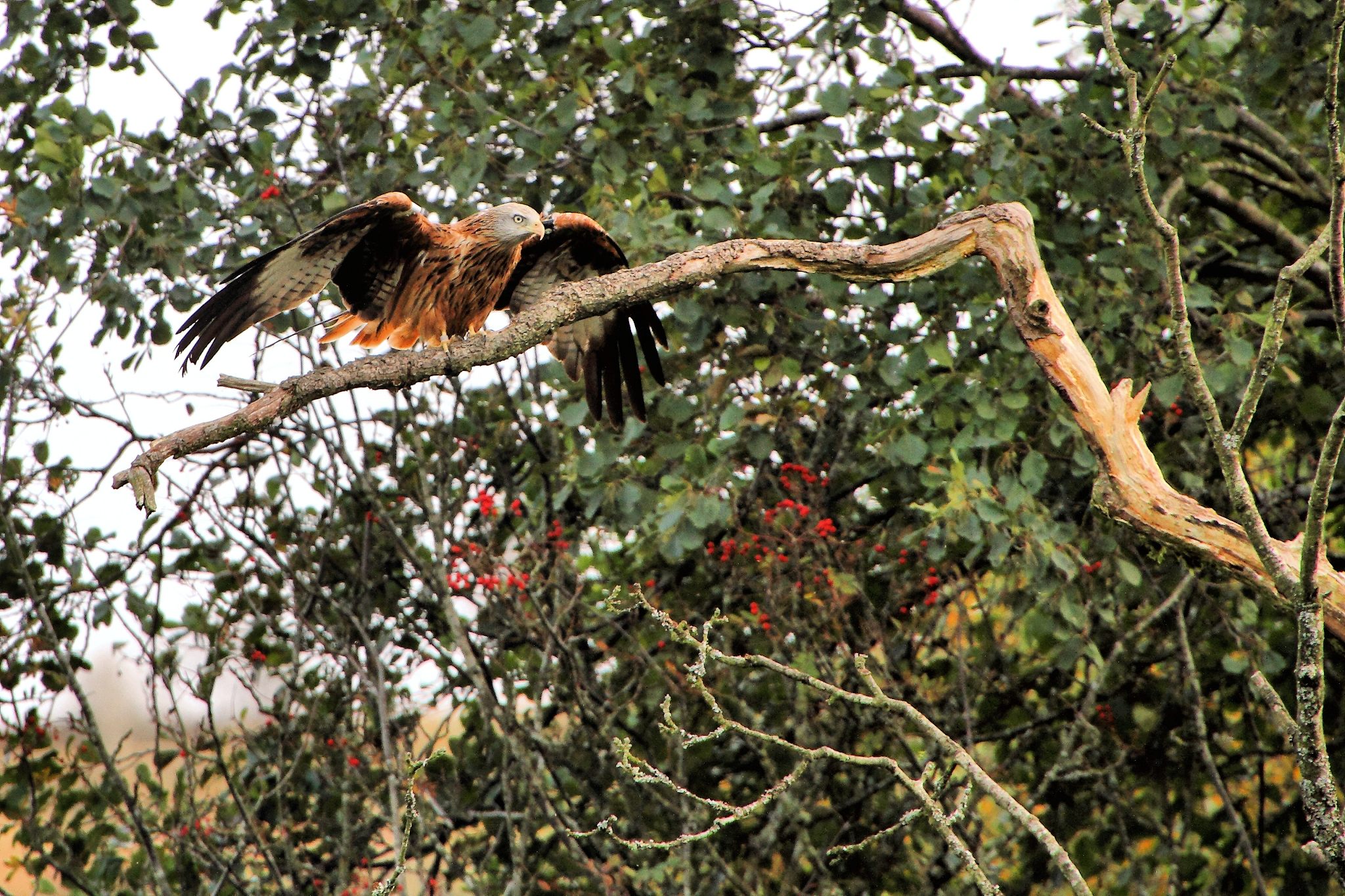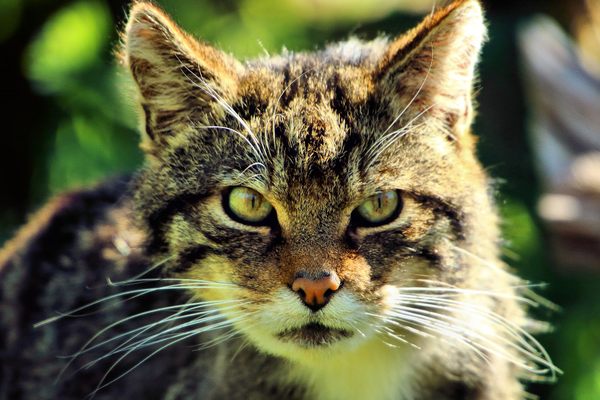Scottish Birds Continue Stealing Large Amounts of Underwear
For two years now, a pair of red kites have routinely stolen undergarments from a popular Angus skinny-dipping spot.

An adult red kite, possibly on the lookout for unattended underwear, in Wales. (Photo: Tim Felce/CC BY-SA-2.0)
The swimming enthusiasts of Angus have been quietly coping with missing underwear and socks after taking a dip in a pond near the Gannochy Estate, but gamekeeper Dave Clement has solved the slightly embarrassing mystery—pinning the thefts on a pair of red kites.
The birds’ thievery isn’t motivated by concerns over modesty or a love of pranks; red kites decorate their nesting sites with found objects, frequently re-using and expanding the same nest if it has been used successfully in prior breeding seasons. The Royal Society for the Protection of Birds notes that, “Paper, rags, crisp packets, carrier bags, even underwear and toys have been recorded” in kite nests. Yorkshire’s Ilkley Gazette noted red kites in the area using a stuffed rabbit, England flag, and even a program from an area funeral.
But these particular kites have a definite penchant for underwear and socks. Clement actually first exposed the thieves last year, after he discovered the kites’ nest and contacted the RSPB to have the birds tagged. “What was really interesting was to see socks and underwear from a popular nearby swimming spot actually in the nest and in the surrounding trees. It was like the kites were cleaning up the glen,” Clement told The Courier last July.
Now, the birds are back for another summer of stealing. In a post on the Angus Glens Moorland Group’s Facebook page, Clement explained that when the RSPB returned to tag the new hatchlings this year, “The licences ringer who went up the tree to the nest said there were Armani pants and another brand as well as socks, which they must have pinched off the swimmers at the local gorge.”
So, not only have the kites continued their crime spree, they’ve become more selective in their choice of victims.
Despite the inconvenience to area swimmers, the kites’ behavior is actually great news for those invested in the reintroduction and preservation of the species. Red kites were hunted to extinction in Scotland during the late 19th century, according to the Scottish Raptor Study Group. Beginning the 1989, the Scottish RSPB and Scottish Natural Heritage partnered to reintroduce the birds of prey to Scotland, and the populations continue to be closely monitored and tagged. In Scotland, red kite pairs breed an average of 1.8 young per year, and Clement notes that this particular nest seems to be performing much better than the average.
“Last year there were two chicks, now it’s four, and there is clearly plenty of food for them on the estate,” Clement said.
Given the success of the breeding site and the fact that kites are generally sedentary, it’s possible Angus’ swimmers will need to keep an eye on their underwear for years to come; on average, wild red kites live for about 10 years.















Follow us on Twitter to get the latest on the world's hidden wonders.
Like us on Facebook to get the latest on the world's hidden wonders.
Follow us on Twitter Like us on Facebook